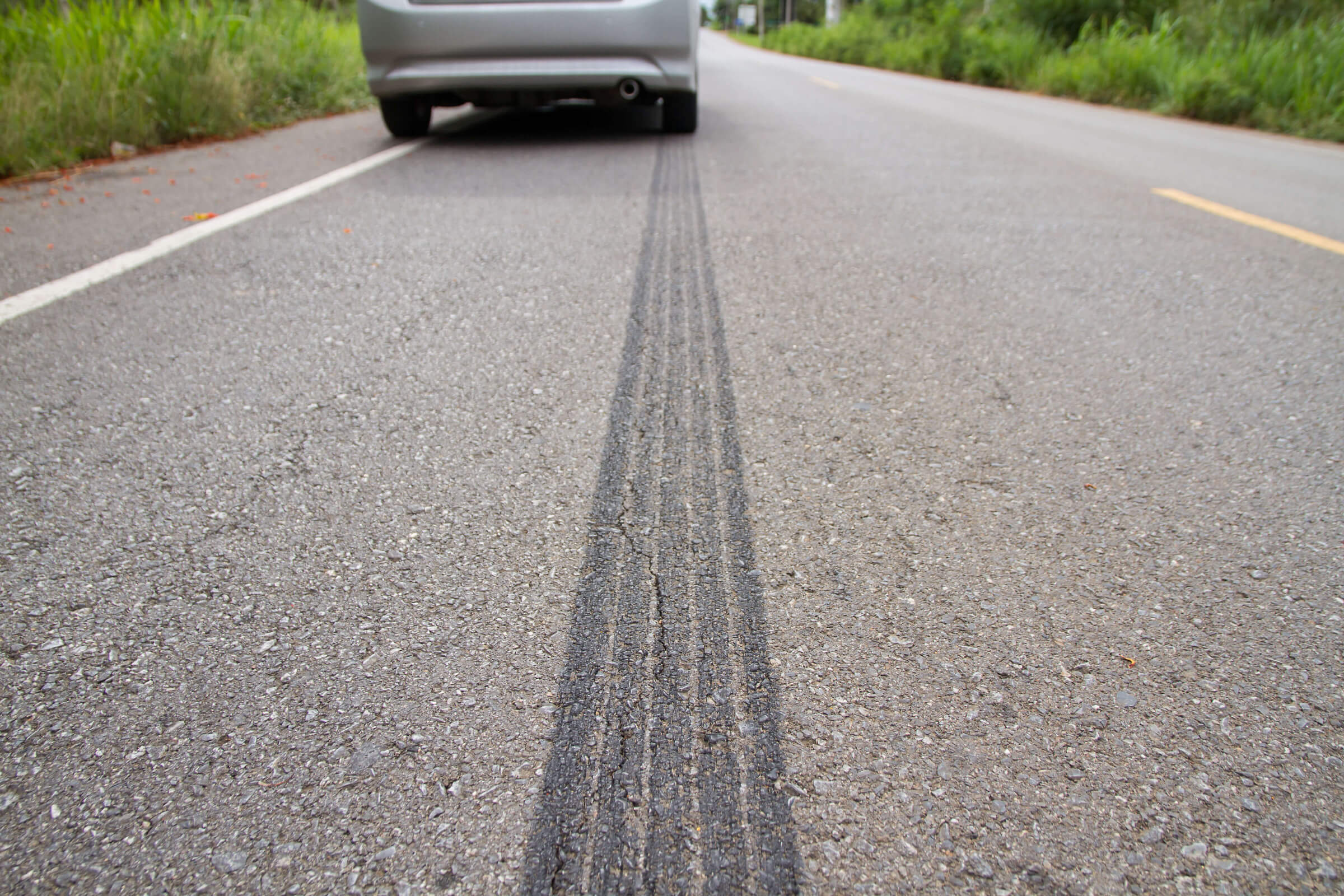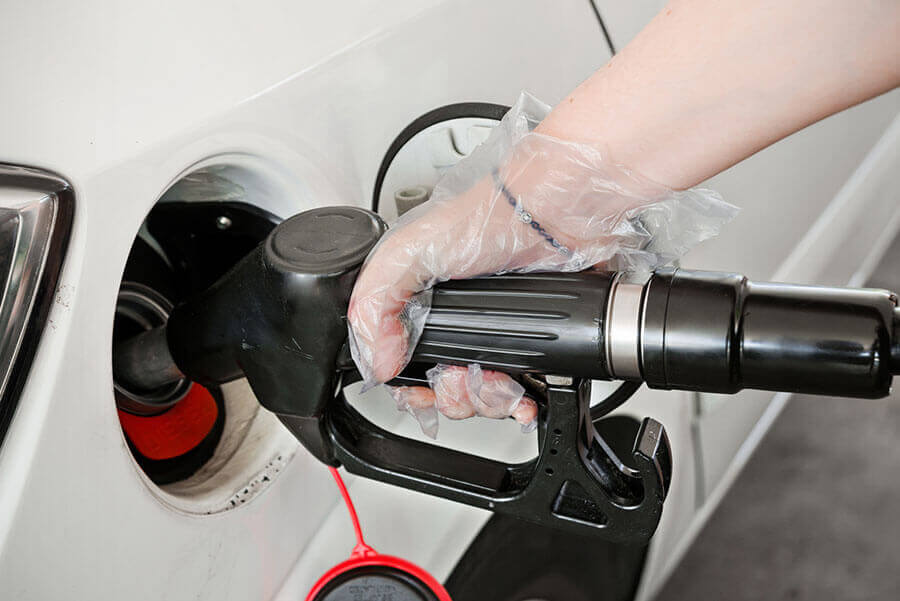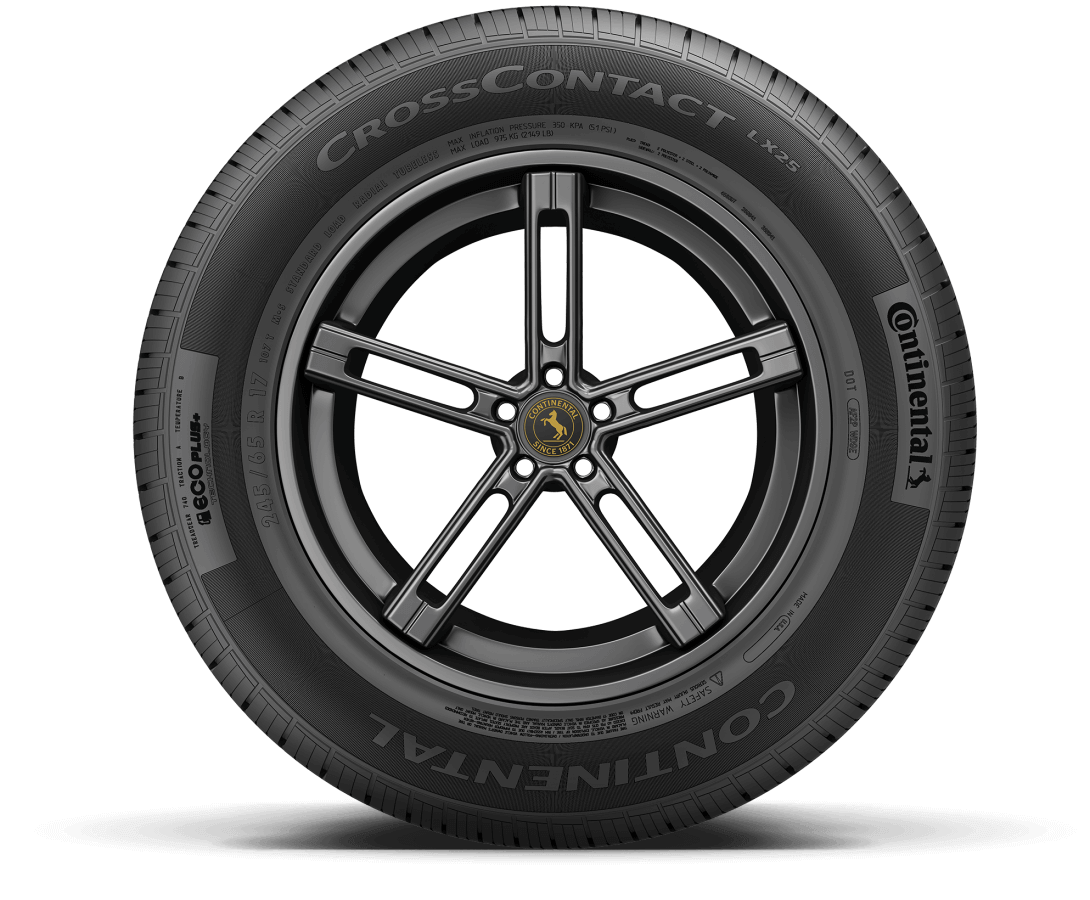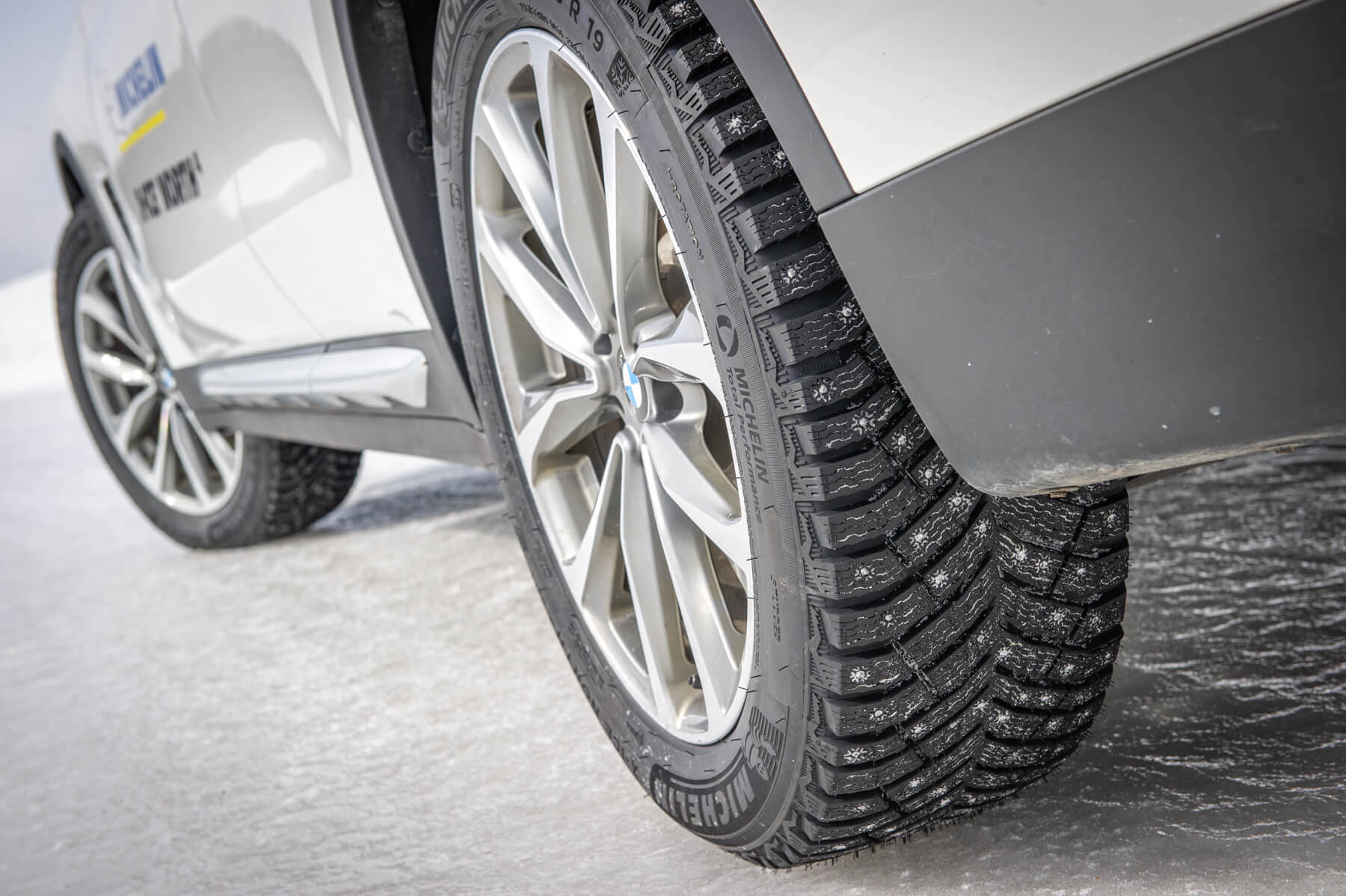What determines the braking distance of your vehicle? The driver’s reaction, of course. And what is this reaction based on? First of all on experience, but also on the perception of the environment. Let’s say I got behind the wheel in winter. I can see that the road is slippery, and I will act accordingly, adjusting my speed and applying the brakes to maximize grip.
Which is true, when you’re a driver like me a few years behind the wheel. And a few dozen advanced driving lessons. It’s also true for anyone with a little judgment when they hit the road. This behaviour has its place not only in winter but in all seasons.
GoodYear decided to give less experienced drivers a little chance. The company is studying a connected tire, capable of communicating with the car and transmitting to it in detail what could improve driving.
What about connected tires
 Connected tires – those with built-in sensors – can “talk” to the vehicle and the road and measure the characteristics of the tire, which improves vehicle performance and safety. Early studies have shown that Goodyear connected tires can reduce the stopping distance lost between a new tire and a used tire by 30%.
Connected tires – those with built-in sensors – can “talk” to the vehicle and the road and measure the characteristics of the tire, which improves vehicle performance and safety. Early studies have shown that Goodyear connected tires can reduce the stopping distance lost between a new tire and a used tire by 30%.
These tires are not yet on the market. And in addition to the transfer of information, it is not used to improve the fate of braking. But as soon as the car becomes a bit autonomous, however, reading the connected tires becomes very important.
Smart tires can measure tire wear, load, inflation and temperature, as well as road surface conditions, in real-time, allowing the vehicle to adapt and respond to these measurements and optimize vehicle performance.
The sensors could be used to allow the car to adapt its driving modes, even with a driver behind the wheel. But it’s for the future that GoodYear’s working on it.






